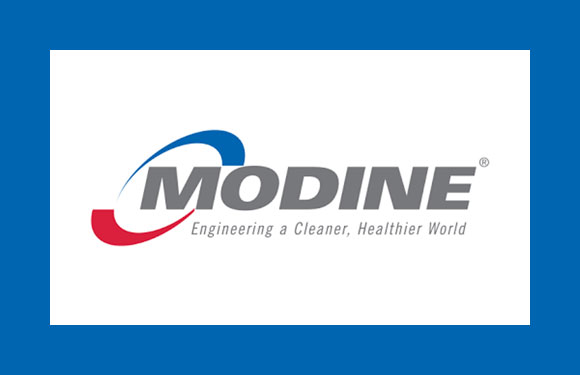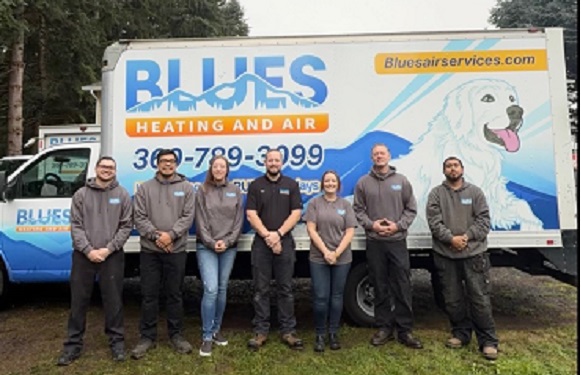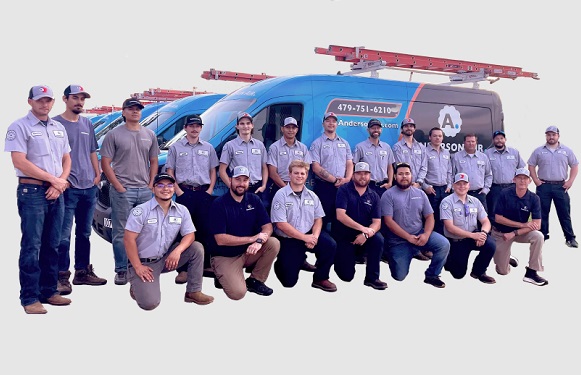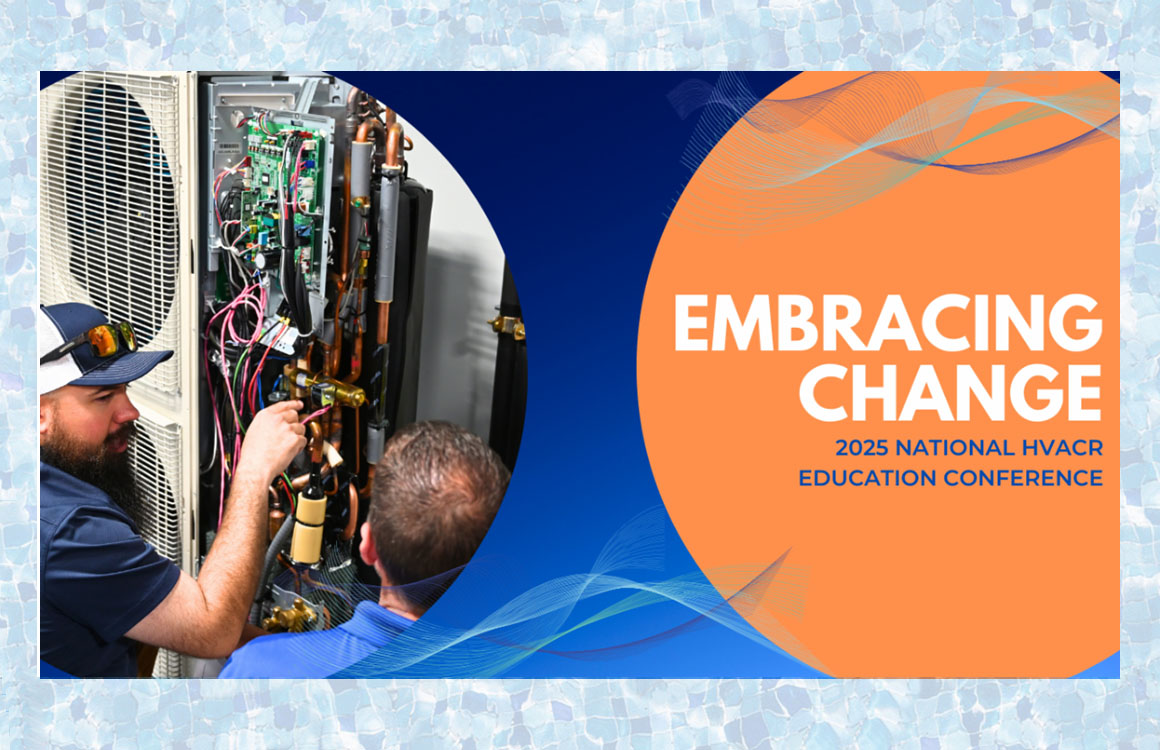
IAQ, Manufacturers
Ventilation Solutions Help Improve IAQ in K-12 Facilities
By Jake Feldman
We’ve all heard the old idiom about going outside to get a breath of fresh air. That’s because the air outside tends to be cleaner than the air indoors. Unless you are living in an area with high levels of air pollution, walking outside can give you a refreshing feeling. The need for clean air inside facilities is heightened in K-12 facilities. With students spending an ample amount of time inside schools, having the proper ventilation solutions in place to help cleanse the air is vital for both students and faculty.
 The COVID pandemic brought much-needed awareness to the importance of ventilation inside educational facilities. In addition to the pandemic, flu and cold viruses are also prevalent inside K-12 schools. To limit the number of airborne pathogens in the air, school leaders should look toward improved indoor air quality. IAQ is often seen as a solution for minimizing various particulates in a school. One of the main components of IAQ is ventilation. For K-12 schools, it’s paramount to create an atmosphere that promotes learning in a positive, healthy setting. Mechanical HVAC solutions are the best tools for improving IAQ and creating optimal ventilation trends.
The COVID pandemic brought much-needed awareness to the importance of ventilation inside educational facilities. In addition to the pandemic, flu and cold viruses are also prevalent inside K-12 schools. To limit the number of airborne pathogens in the air, school leaders should look toward improved indoor air quality. IAQ is often seen as a solution for minimizing various particulates in a school. One of the main components of IAQ is ventilation. For K-12 schools, it’s paramount to create an atmosphere that promotes learning in a positive, healthy setting. Mechanical HVAC solutions are the best tools for improving IAQ and creating optimal ventilation trends.
Venting Old, Dirty Air
The World Health Organization (WHO) and the U.S. Centers for Disease Control (CDC) state that adequate ventilation is an important tool in limiting the transmission of pathogens. While opening doors and utilizing fans is one option, those solutions are unsustainable, especially in cold-weather regions. Alternatively, single package ventilation units provide an optimal solution to improve IAQ. These units improve IAQ because of their ability to give facility managers control over the ventilation process. Controlled ventilation allows decision-makers to determine how much air is being brought inside the facility. While outside air is being brought indoors, old air is being circulated outside. It is important to note that facility managers need to find the sweet spot for ventilation to ensure they don’t over-ventilate a space and potentially decrease the comfort level in the room.
A Model Ventilation Solution for Schools
Not every HVAC unit is made the same. With varying options available for engineers and contractors to pick from, selecting the right unit is paramount for enhancing indoor air. While some manufacturers offer HVAC systems that can be modified to meet the needs of K-12 schools, others have designed products specifically for classrooms. Options like controlled ventilation, optimal filtration, and key dehumidification features are vital. An example of this would be the Sentinel® Vertical Unit Ventilator by Airedale.
This particular unit operates in conjunction with a school’s central chiller/boiler plant and is available in 30, 40, 50 and 60 nominal MBH. The unit is also available in five models: chilled water, hot water, steam or a combination of both chilled and hot water (two-pipe and four-pipe configurations). Designed specifically to provide the proper amount of fresh air ventilation, the unit helps minimize energy consumption. The modulating economize damper provides 100% free cooling. Remember, as the fresh air is being pumped into the facility, contaminated air is being vented outside the building. To further increase IAQ, the unit also comes with 2-inch, MERV 8 filters. Units, such as the Airedale Sentinel®, are great options for K-12 facilities. In addition, the Sentinel® provides a solution with reduced noise to ensure students can learn in a comfortable environment.
Upgrading Your Ventilation Unit
Deciding what changes to make in order to improve classroom ventilation isn’t something that should be taken lightly. It is an important decision that can have long-term impact on the health and well-being of faculty and students. While budgeting may be a concern for many school districts already strapped for cash, the federal COVID-relief aid program can assist schools with funding to make these replacements. Recently launched programs, such as the Airedale IAQ Action Plan, can help make clean air more accessible and affordable than ever before. Units that allow facility managers to control ventilation, help minimize the number of particulates by introducing fresh clean air, and providing a more comfortable, healthy environment for students.
Jake Feldman is the Vice President and GM of IAQ for Modine Manufacturing Company. Modine was founded in 1916 and specializes in thermal management systems and components, bringing highly engineered heating and cooling components, original equipment products, and systems to diversified global markets through its four complimentary segments: CIS; BHVAC; HDE; and Automotive. For more information, visit www.modinehvac.com.














